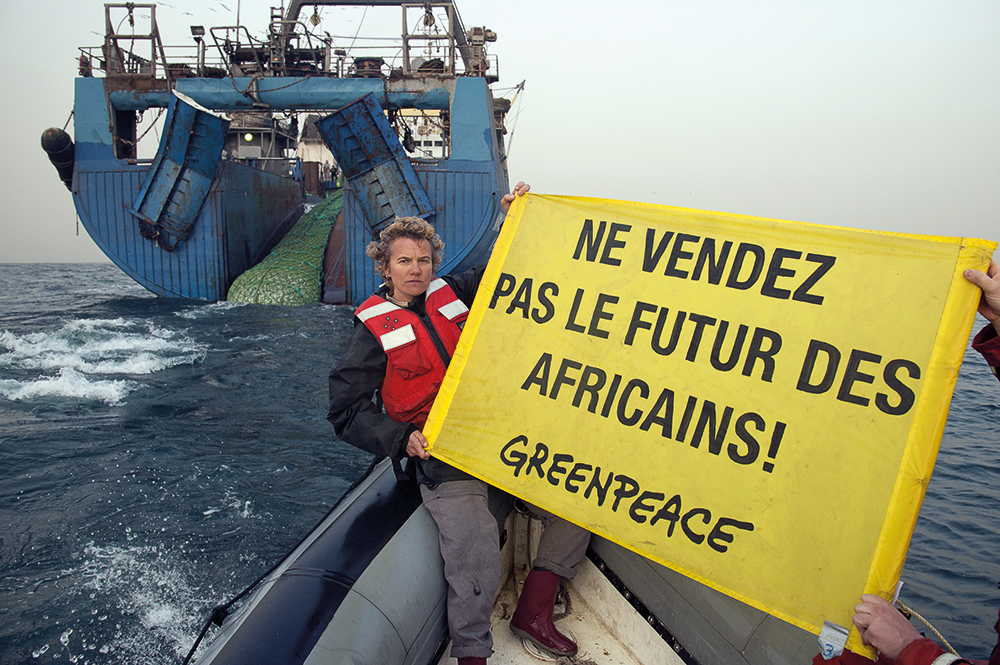Location
DG AGRI develops and carries out the Commission's policies on:
Agriculture and rural development
Of the Commission's 10 political priorities, DG AGRI contributes to:
- Jobs, growth and investment
- Digital single market
- Energy union and climate
- EU-US free trade
- Internal market
Members:
Resources
Displaying 6 - 9 of 9Global Land Outlook
Land is an essential building block of civilization yet its contribution to our quality of life is perceived and valued in starkly different and often incompatible ways. Conflicts about land use are intensifying in many countries. The world has reached a point where we must reconcile these differences and rethink the way in which we use and manage the land.
Future brief: No net land take by 2050?
Land and soil are limited natural resources. ‘Land’, can be defined as the terrestrial bio-productive system that
More than just a business
Family farming has many different meanings to many different people. While such farms come in all shape and sizes, one thing all practitioners agree on is that family farming is more than a business – it’s a way of life. The following article shows what constitutes this way of life, the challenges that family farms in Europe and throughout the world face and why and how the European Union supports this type of enterprise.
Continental Southeast Asia - Forest cover map (1998-2000)
The 'Forest Cover Map of Continental Southeast Asia' covers the countries of Bangladesh, Myanmar, Thailand, Laos, Cambodia and Viet Nam, it comprises the tropical parts of northeastern India and of southern China (Yunnan & Hainan). The Himalaya mountain range (e.g. Bhutan) is included for reasons of geographical completeness. This map was produced by digital classification of a regional SPOT VEGETATION satellite image composite, generated from all acquisitions of the two dry seasons of the years 1998/1999 and 1999/2000 (December-March).




